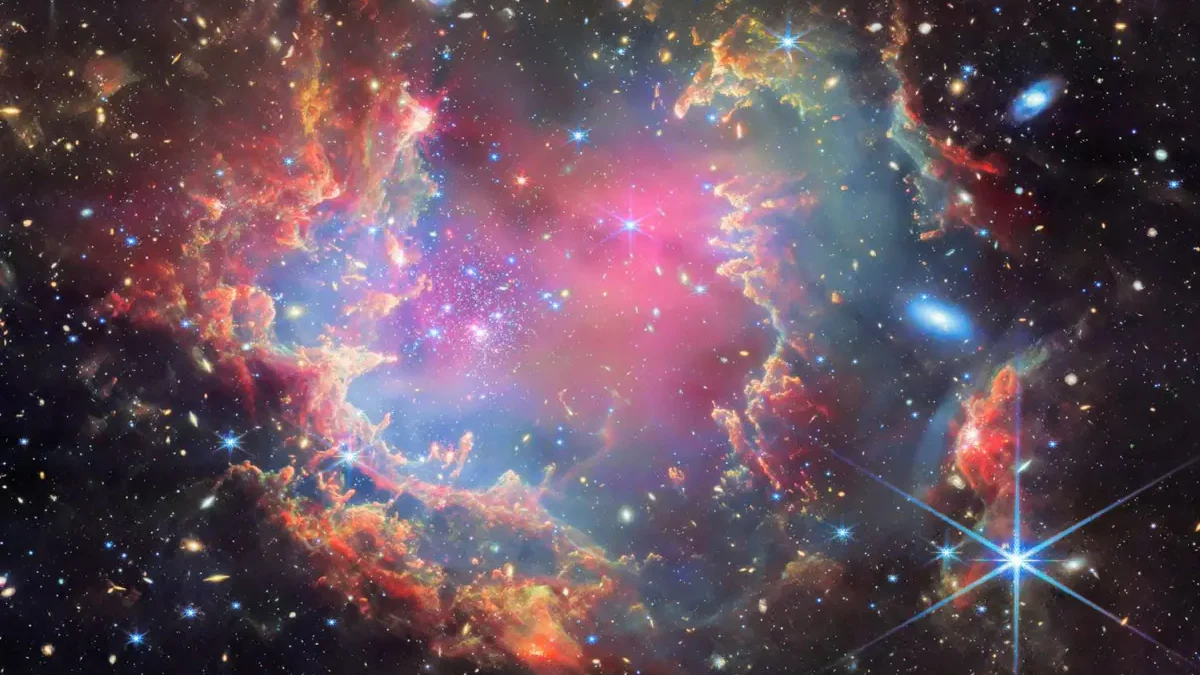Discovery of “Zombie Star” in Pa 30 Nebula Linked to Ancient Supernova SN 1181
Astronomers have recently identified a rare “zombie star” within the Pa 30 nebula, a remnant of the ancient supernova SN 1181, which was observed over 800 years ago. This unique discovery sheds new light on the evolution of supernova remnants and raises intriguing questions about the life cycles of stars. The supernova SN 1181, recorded by Chinese and Japanese astronomers in 1181, appeared near the Cassiopeia constellation and shone brightly for roughly six months before fading from view. Its historical significance lies in being one of the few supernovae documented before the invention of telescopes, making this discovery a valuable insight into early star life documentation.
For centuries, SN 1181 was considered an “orphan” supernova, meaning it had no identifiable stellar remnants linked to its original explosion. This changed in 2021 when scientists connected SN 1181 to the Pa 30 nebula, discovered in 2013 by citizen scientists. Pa 30 has since captivated astronomers due to its unusual features and distinct structure. Observations from the W.M. Keck Observatory recently revealed complex filaments expanding outward from the nebula’s core, adding another layer of mystery and further confirming its connection to the SN 1181 event.
At the heart of the Pa 30 nebula lies the so-called “zombie star”—a stellar remnant that survived a thermonuclear explosion, something exceedingly rare in the study of supernovae. Unlike typical supernova explosions, which completely destroy their parent stars, this explosion was classified as a Type Iax supernova, a partial explosion of a white dwarf. These types of supernovae are known for leaving behind remnants rather than annihilating the star entirely. Led by researchers Tim Cunningham and Ilaria Caiazzo, the study showed detailed images of the “zombie star” and its surrounding filaments, which resemble delicate dandelion petals, expanding out from the nebula’s core.
This discovery has deep implications for our understanding of stellar evolution and supernova remnants. A “zombie star” surviving such a powerful event offers clues to the resilience of certain types of white dwarfs, potentially reshaping theories about the end stages of star life cycles. As astronomers continue to analyze this rare remnant, they hope to uncover more about the processes behind Type Iax supernovae and why certain stars withstand what should be a fatal explosion.










